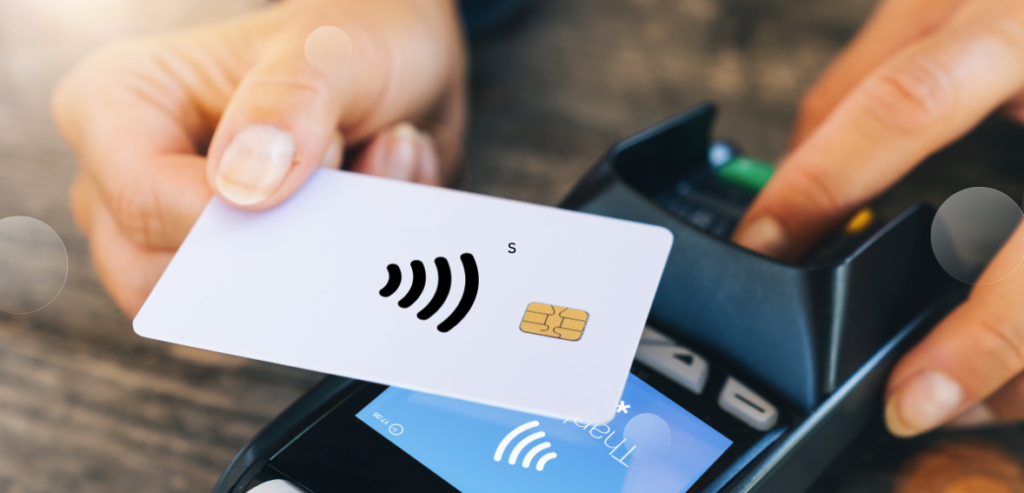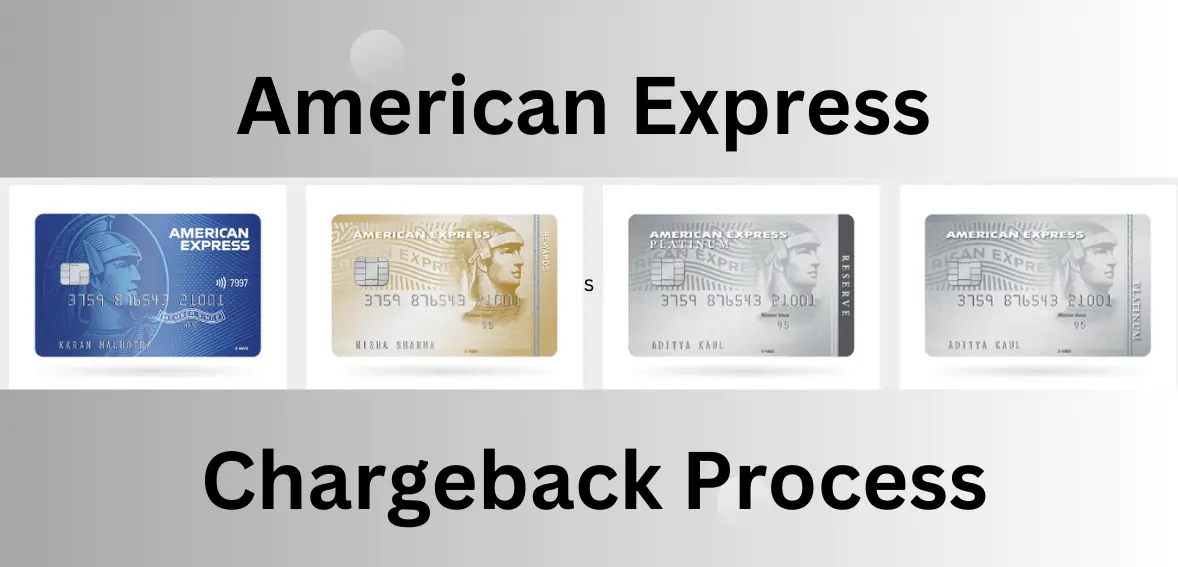Regarding chargebacks, most people think about Visas and Mastercards. After all, they account for many transactions executed through credit/debit cards. American Express chargeback accounts for only 3% of these transactions, but the card is extensively used for more significant purchases. Merchants agree that AMEX cards are associated with high interchange fees, so most small retailers do not accept American Express cards. But these cards are pretty popular among people shopping for luxury items. That’s why more and more merchants are now accepting American Express.
If you plan to add this card to your accepted payment methods, you must familiarize yourself with its dispute process. AMEX has different policies for chargebacks and disputes than Visa and Mastercard. Merchants must understand the American Express chargeback process, especially if unfamiliar with this card.
How Does the American Express Chargeback Process Work?

What sets American Express apart from Visa and Mastercard is that AMEX is the issuing bank, not just the card provider. Though the company has started allowing third parties to begin issuing AMEX cards, it’s mostly American Express that acts as the issuer. This fact simplifies the dispute and chargeback process. Now, it’s easier for AMEX to record every transaction’s details.
The cardholder gets 120 days following the day of the transaction to start a dispute, although this period could be extended for some cases. Note that the cardholder is allowed only one dispute per transaction, which means they cannot file a dispute repeatedly. Besides, the parties are given only one chance to submit the proof. If the cardholder wants to submit additional information, they may have to file a new dispute. Now, what happens when a cardholder files a dispute with American Express?
The company either issues a chargeback immediately (given that the cardholder submits sufficient evidence) or sends an inquiry for further clarification to the seller. This happens when the evidence submitted by the cardholder does not justify their case or is insufficient. In short, here’s how American Express responds to the disputes:
- The disputes are marked invalid
- The chargeback is issued immediately
- An inquiry is sent to the seller
However, American Express mostly resolves these disputes by issuing a chargeback.
AMEX Chargeback – Options For The Merchants?

The merchant has to respond to the chargeback within 20 days. If they do not respond within this period, the chargeback will be considered valid, and no further clarifications or evidence will be needed from any party. Here’s what the merchants can do:
- Give no response
- Accept and validate the chargeback
- Show the proof of the issued refund
- Prove that the chargeback is valid
If the merchant responds within 20 days to the chargeback with sufficient evidence, the case will be dismissed instantly, and the chargeback will be reversed. So, it is clear that merchants are given a fair amount of time to review and process the chargeback requests and gather the necessary evidence for the reversal. However, the major issue with the Amex dispute system is that some merchants are unaware that the cardholders are placing a chargeback request. This is especially the case with high-risk merchants. The chargeback request is approved immediately, and the amount is credited to the cardholder’s account.
How to Prevent American Express Chargebacks?

Fortunately, American Express has taken many measures to prevent chargebacks in recent years. Being the issuer of the card as well as the payment network, the company keeps detailed records of each transaction and helps customers resolve their unauthorized disputes efficiently. In addition, the company has also made efforts to inform merchants about the chargeback possibilities and what can be done to prevent such conflicts. Here’s what the company advice:
- Share your return and refund policy with each customer
- Comply with the AMEX authorization and safety protocols to ensure protection from fraud chargebacks
- Maintain records for each transaction for a year
Besides, merchants should analyze the reasons that lead to chargebacks and take preventive measures to avoid disputes in the future. For some businesses, rigorous refund policies make it super challenging for customers to return the products and request a refund. For others, it is a misleading advertisement copy. Whatever the issue is, it is the merchant’s responsibility to address the problem to avoid such chargebacks in the future. It will help reduce the number of chargebacks you encounter, but addressing the root cause can strengthen your business and make it look more credible to your customers.
Amex Representment
Sometimes, the merchant does not bother to request a chargeback reversal. They either don’t respond to the chargeback at all or validate it. When a chargeback is filed, the result is mainly in the cardholder’s favor. Besides, if many chargebacks are filed against a merchant, there is a good chance American Express will put the business into its monitoring program. Amex will not allow these merchants to fight the case and issue an immediate chargeback to the cardholder.
The program also means businesses with multiple chargeback issues will lose the privilege of requesting a reversal. The best thing merchants can do is issue a refund to the customer and show the evidence to American Express. Accurate and timely responses can reverse the chargeback and help you recover your money. However, the lack of proper evidence and the inability to respond in time will make the chargebacks stand.
Bottom Line
Most Amex chargeback cases are addressed and resolved in a month, but some complicated cases can take longer. As mentioned earlier, when a chargeback is filed, there is a good chance the outcome will favor the cardholder and not the merchant. Whatever the result, it is essential that the merchant responds to the chargeback and clears the refund if it’s a valid dispute.

